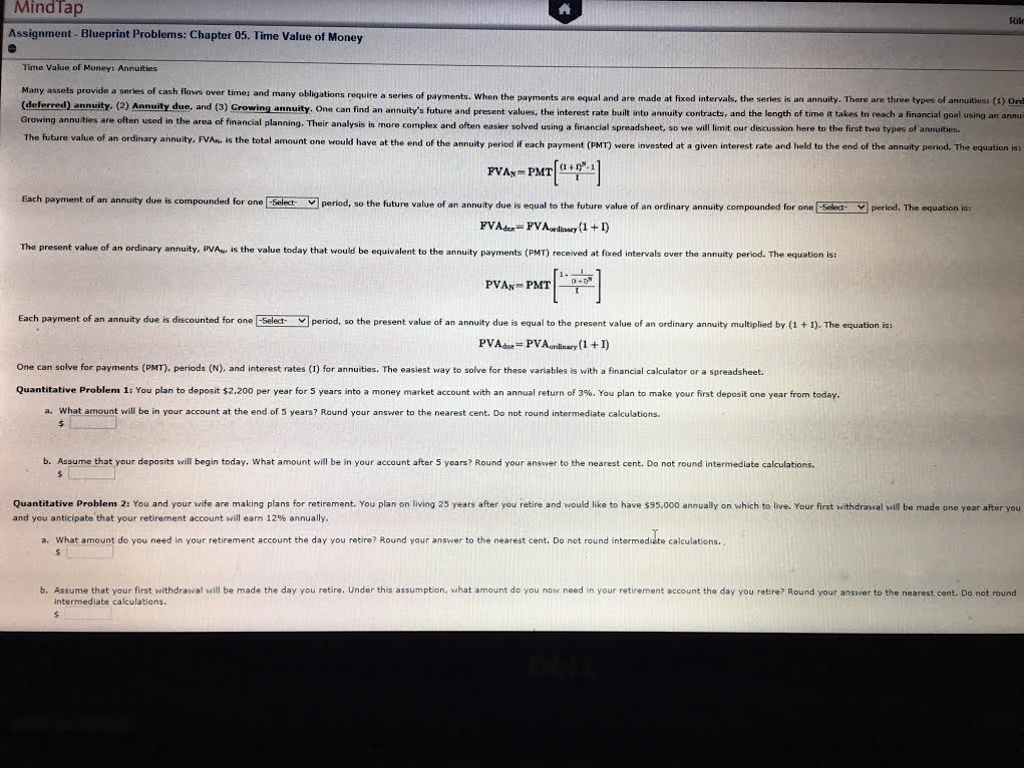Answered step by step
Verified Expert Solution
Question
1 Approved Answer
I've uploaded a different picture that is clearer. I can't make it any bigger without cropping out some of the text. Please no finance? This
I've uploaded a different picture that is clearer. I can't make it any bigger without cropping out some of the text. Please no finance? This is an Intro to Finance Class...and i've listed it in finance... 
Step by Step Solution
There are 3 Steps involved in it
Step: 1

Get Instant Access to Expert-Tailored Solutions
See step-by-step solutions with expert insights and AI powered tools for academic success
Step: 2

Step: 3

Ace Your Homework with AI
Get the answers you need in no time with our AI-driven, step-by-step assistance
Get Started


